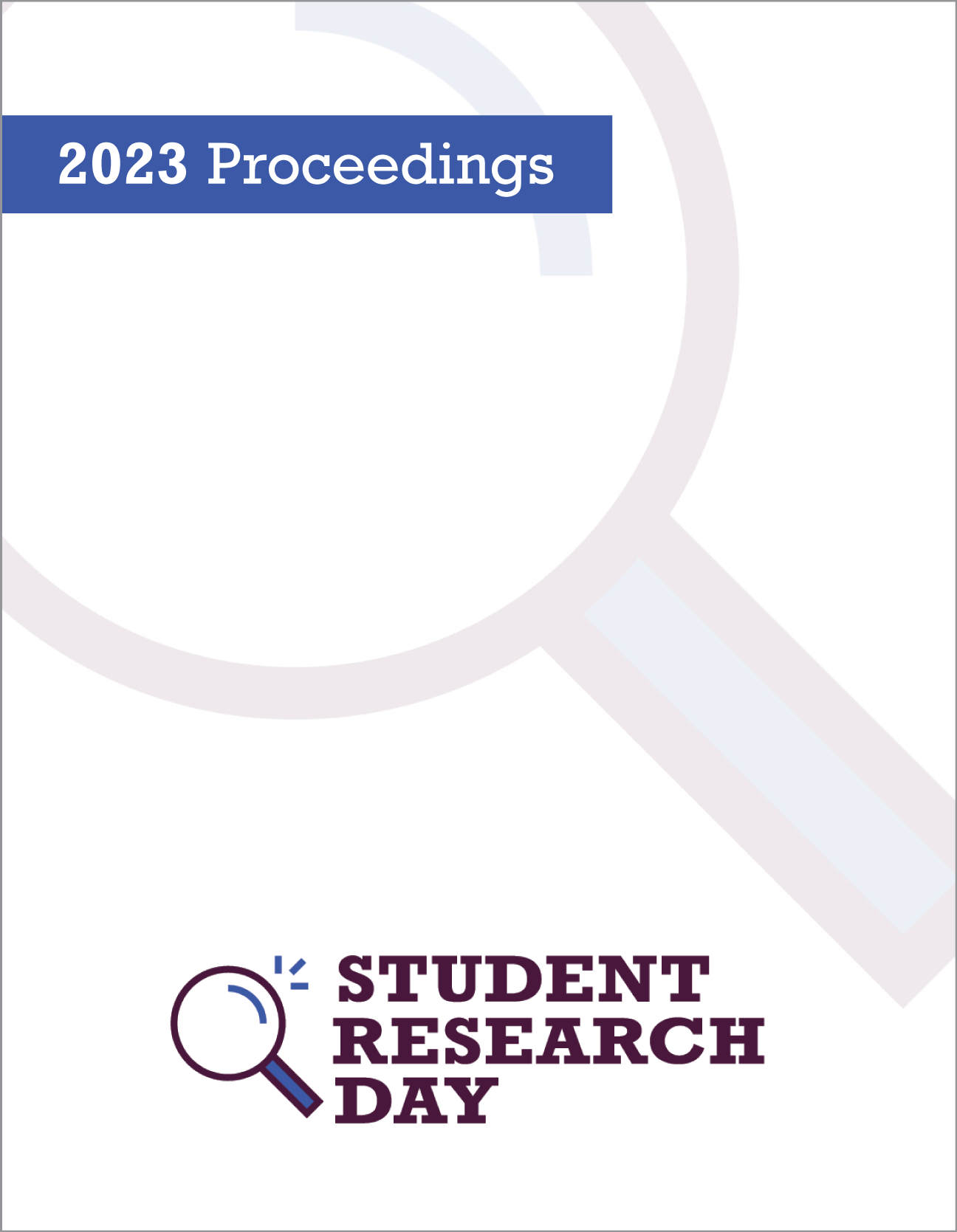Are there microplastics in the stomachs of ringed seals (Pusa hispida) from Arviat, Nunavut?
Abstract
Microplastics, any plastic <5mm in size, have increased substantially in our water system within the last century. Microplastics have the ability to enter into the food chain from lower trophic level organisms before bioaccumulating to higher trophic level organisms, such as ringed-seals. When ingested in high concentrations, microplastics can have several toxic effects, for example, damage to DNA infertility, and disruption of the nervous system. We investigated the accumulation of microplastics within the stomachs of 10 ringed seals from Arviat, Nunavut to determine if microplastics are accumulating in higher trophic level organisms and traveling to remote Arctic waters. Stomach contents from 40 seals were removed anddigested in 20% KOH for 7 days, followed by vacuum filtration onto filters. Using a stereomicroscope, microplastics were individually removed from the isolated stomach material, characterized by their size and morphological traits, and the polymer type of each microplastic determined using Raman spectroscopy. everal polyethylene particles were identified within the 1000µm and 500µm size fraction of the isolated material, and we predict more polymer types are present within lower sizes. These findings will allow us to determine that microplastics are bioaccumulating across higher trophic level organisms, demonstrating the severity of plastic pollution within the earth's water system. This data will serve as a baseline for future monitoring studies regarding bioaccumulation of microplastics.
Faculty Mentor: Dr. Matthew Ross & Dr. David Locky
Published
Issue
Section
License
Authors retain any and all existing copyright to works contributed to these proceedings.



